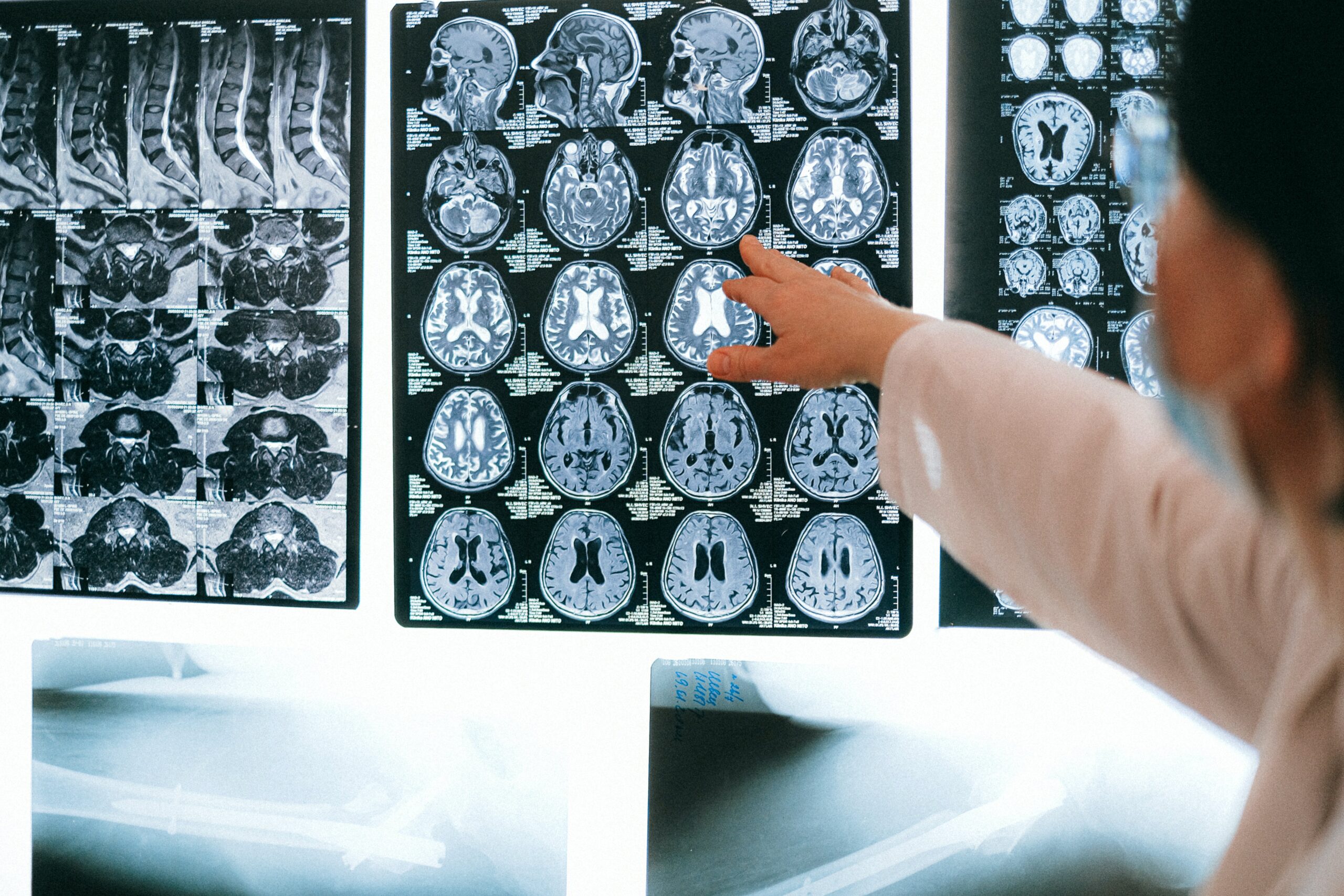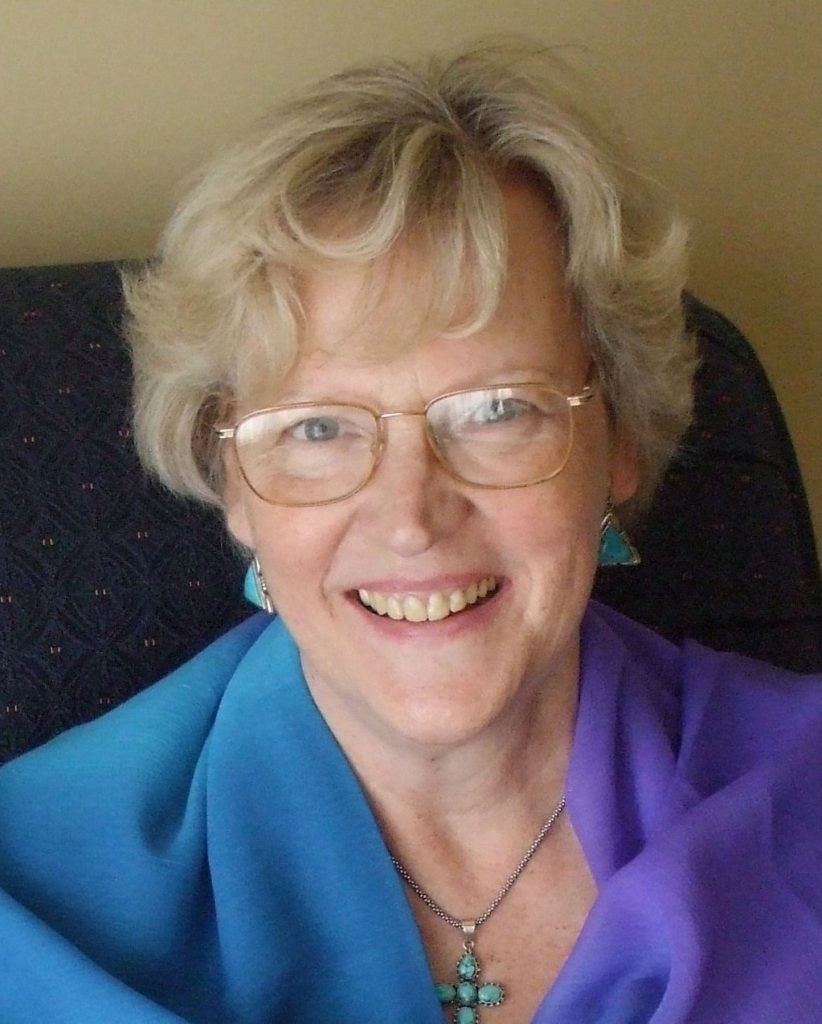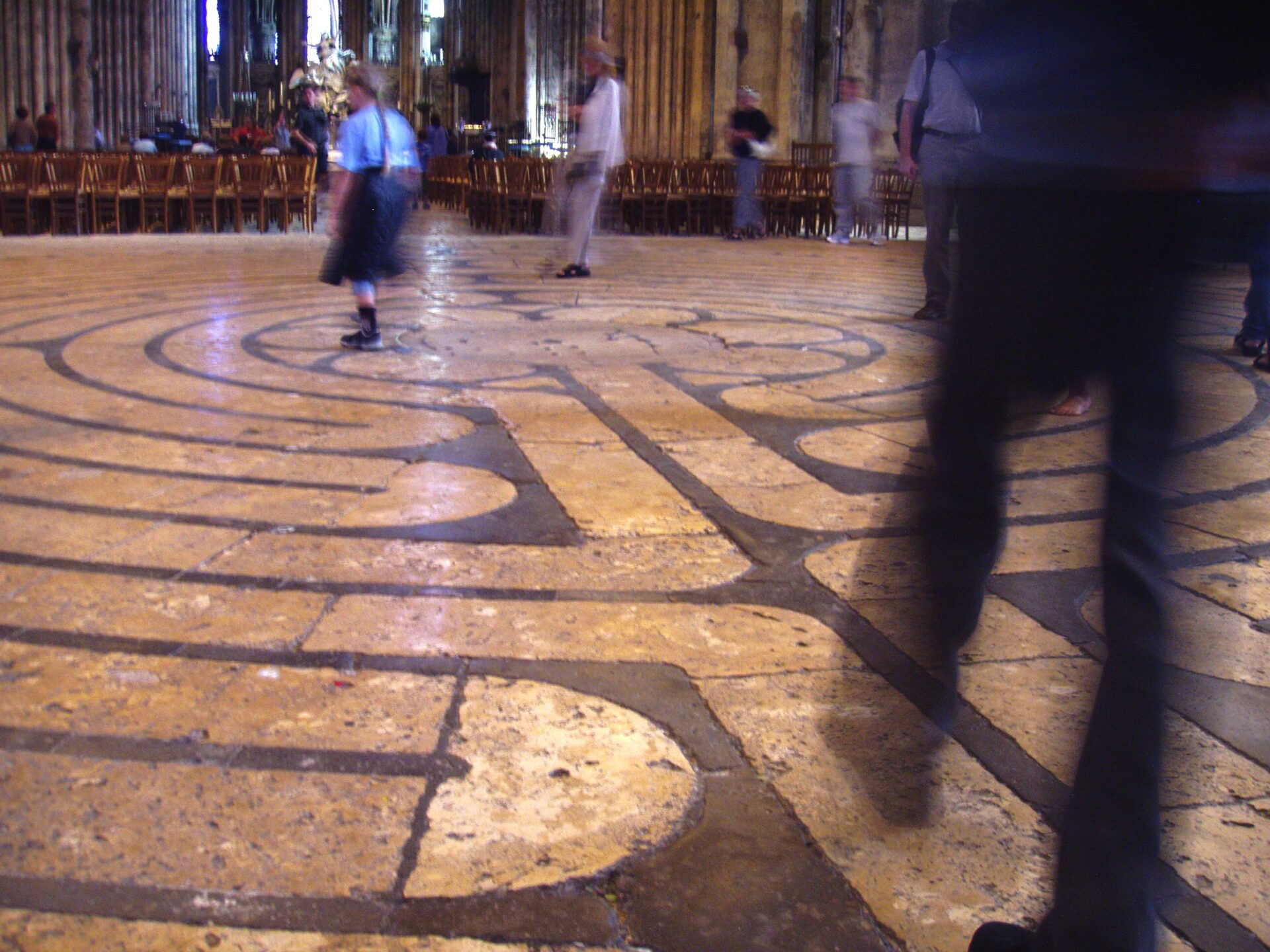It is important to remember what C G Jung said in the quote I mentioned last week: “To the constantly reiterated question ‘What can I do?’ I know no other answer except: ‘Become what you have always been’, namely, the wholeness which we have lost in the midst of our civilized conscious existence, a wholeness which we always were without knowing it.”
We looked at the role attention, one–pointed focus on your prayer word, your mantra, plays in becoming conscious of who we truly are. But this awareness is supported by a process in the brain – paying attention causes parts of our brain to be activated or de-activated, allowing a new and more complete perception of Reality. In fact, as my daughter Dr Shanida Nataraja says in her book The Blissful Brain we are hard-wired to experience higher states of consciousness and union with the Divine. We are created with all the capacity needed for us to grow into ‘fullness of life’.
I have mentioned this explanation of our God-given abilities before in these Weekly Teaching but as it was a real eye opener for me and others I feel it is worth repeating. Shanida explained that recent research in Neuroscience has shown a chain of processes within the human brain that mediate our access to higher states of consciousness. The sequence is as follows: the pre-frontal cortex in our brain is involved with thoughts, images and daydreams, as well as attention. By focusing our mind in one-pointed attention – in our case on a mantra – we encourage increased activity in these attention cells. As our focus deepens, the activity in the cells involved in thoughts and images on the contrary decreases considerably; this is reflected in a lessening of beta waves, our thinking waves – the ‘ego’ part of our consciousness. Prolonged one-pointed attention also activates cells in the temporal lobe and increased activity there triggers in turn changes in the limbic system, the region dealing with emotional response, allowing a switch from the sympathetic nervous system (flight or fight) to the parasympathetic nervous system (rest and relax), the ‘relaxation response’. The emotion of fear expressed in the strong survival ‘flight or fight’ response changes to one of acceptance, relaxation and tranquillity, the ‘relaxation response’; these changes are reflected in the increase in alpha and theta waves.
However, this is only the beginning. As meditation becomes even deeper, so does the ‘relaxation response’. This deepening in turn has a knock-on effect ending in a decreased activity in the parietal cortex, an area in the brain associated with orientation in time and space and creating boundaries: self/non-self, and the world of opposites – in fact, very much the qualities of the ‘ego’. This decrease in activity is in turn reflected in a lessening of these abilities, explaining why there is a sense of our separate identity – and time and space – dissolving and all opposites unifying. We are in fact ‘leaving self behind’. By paying attention this beautiful God-given instrument allows us to switch into different modes of being and consciousness, allowing access to different levels of Reality. It is our loving attention on our prayer word, which allows us to tune into Divine Reality, which is Love.
In doing so we lose our sense of separation and isolation and become aware of our interconnectedness with others and with a loving Divine, and know that we are truly ‘Children of God’. It is this transforming awareness that is the result of meditation as a spiritual discipline.
Picture by Anna Shvets from Pexels





